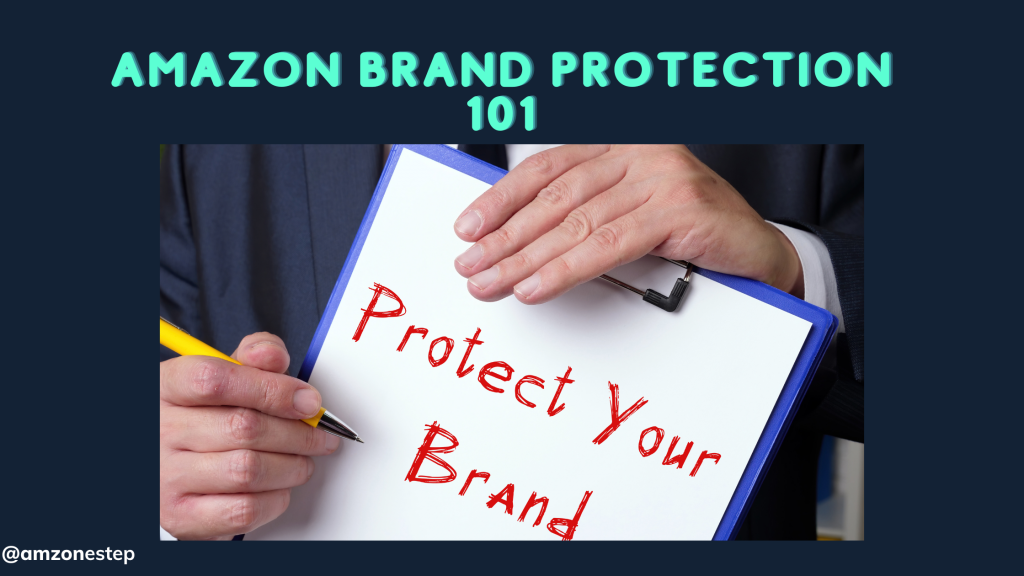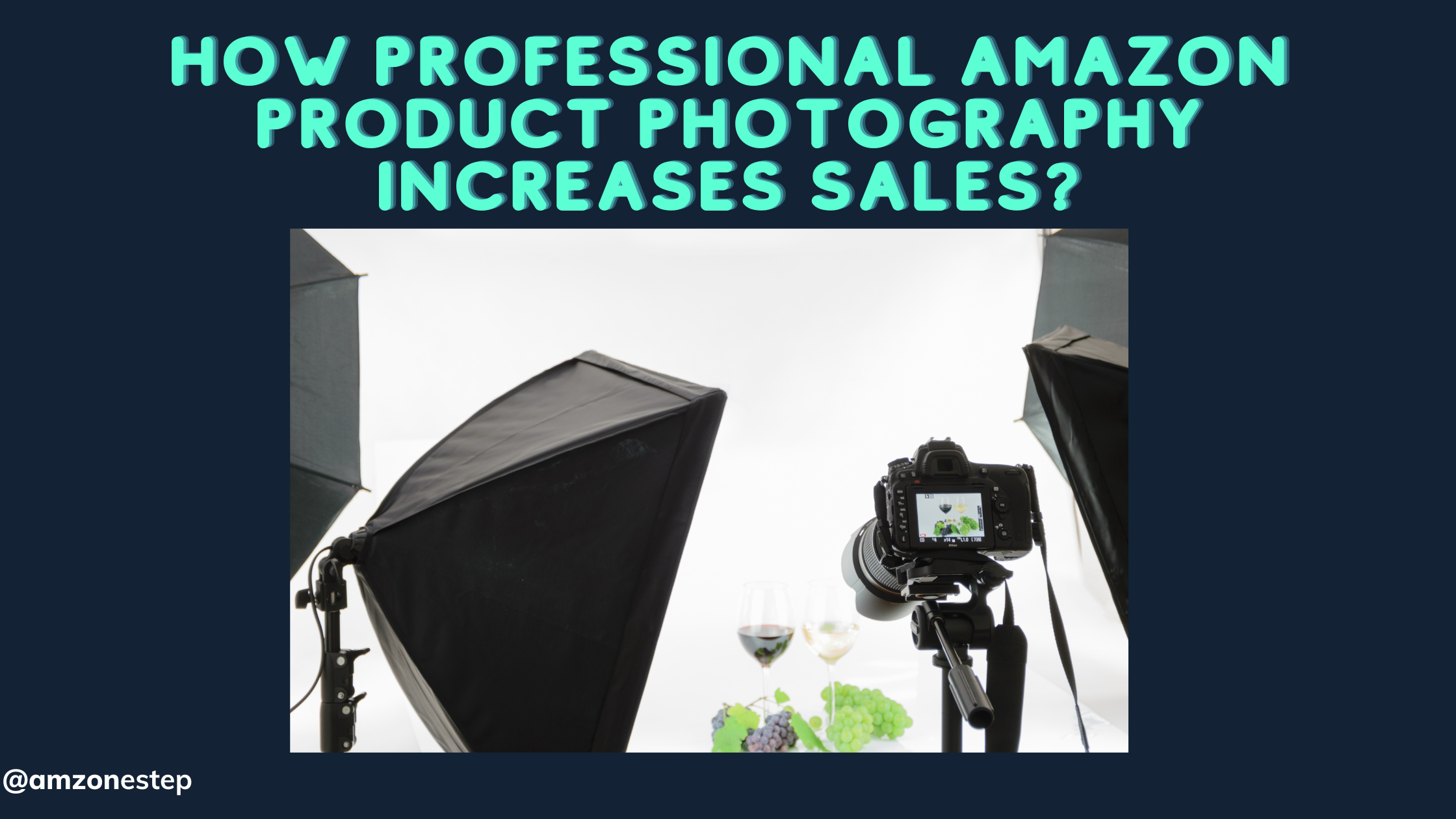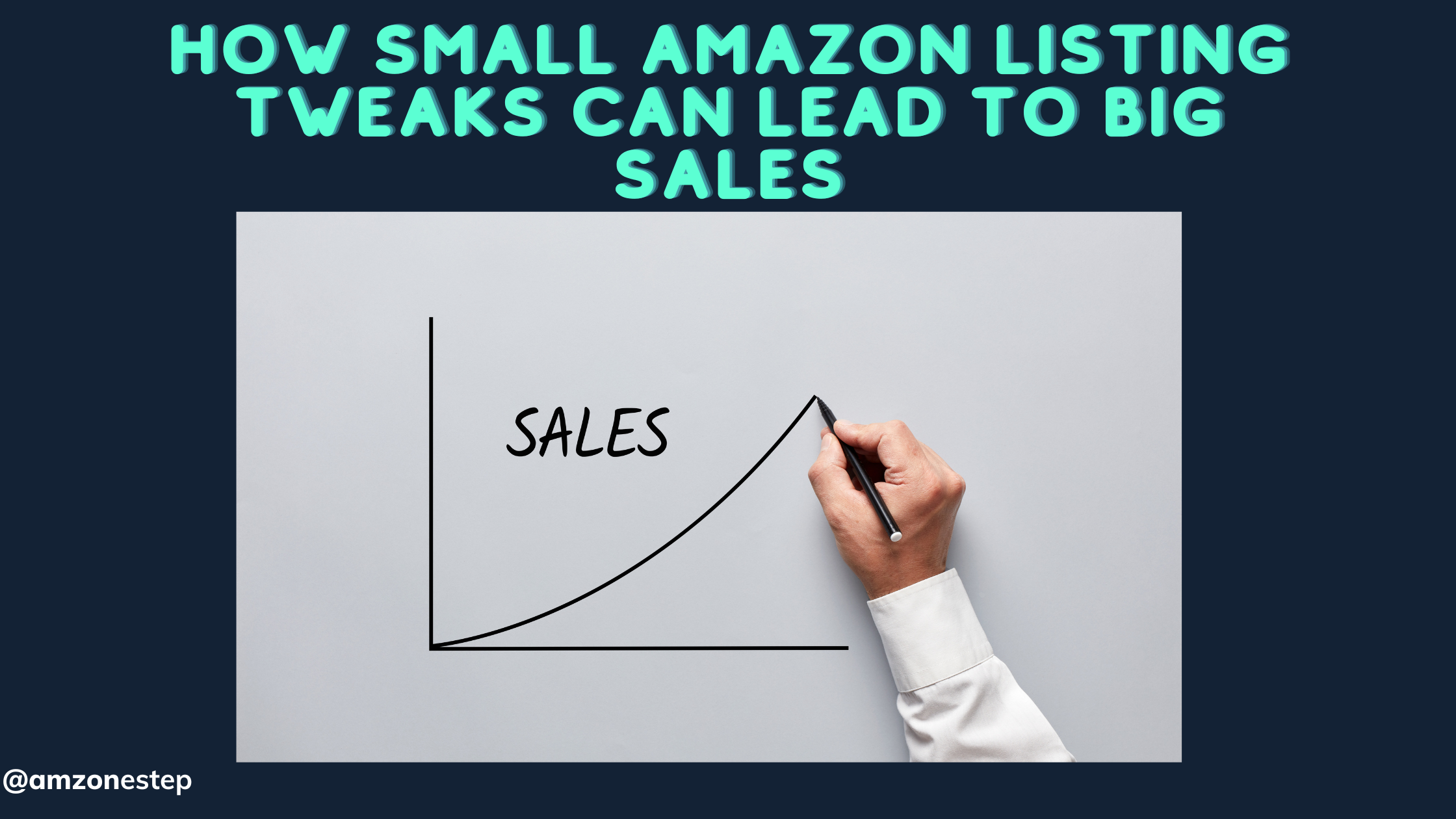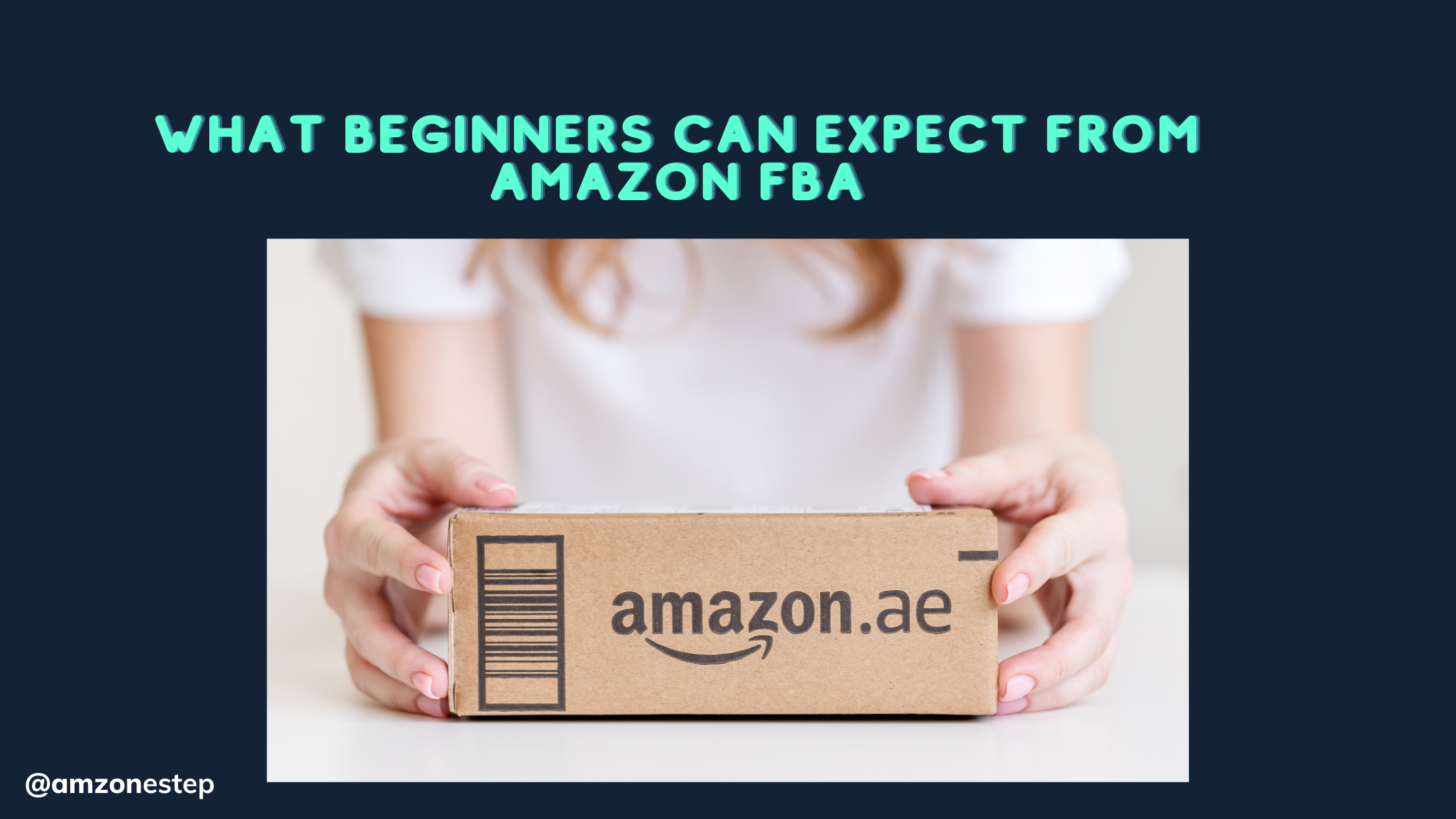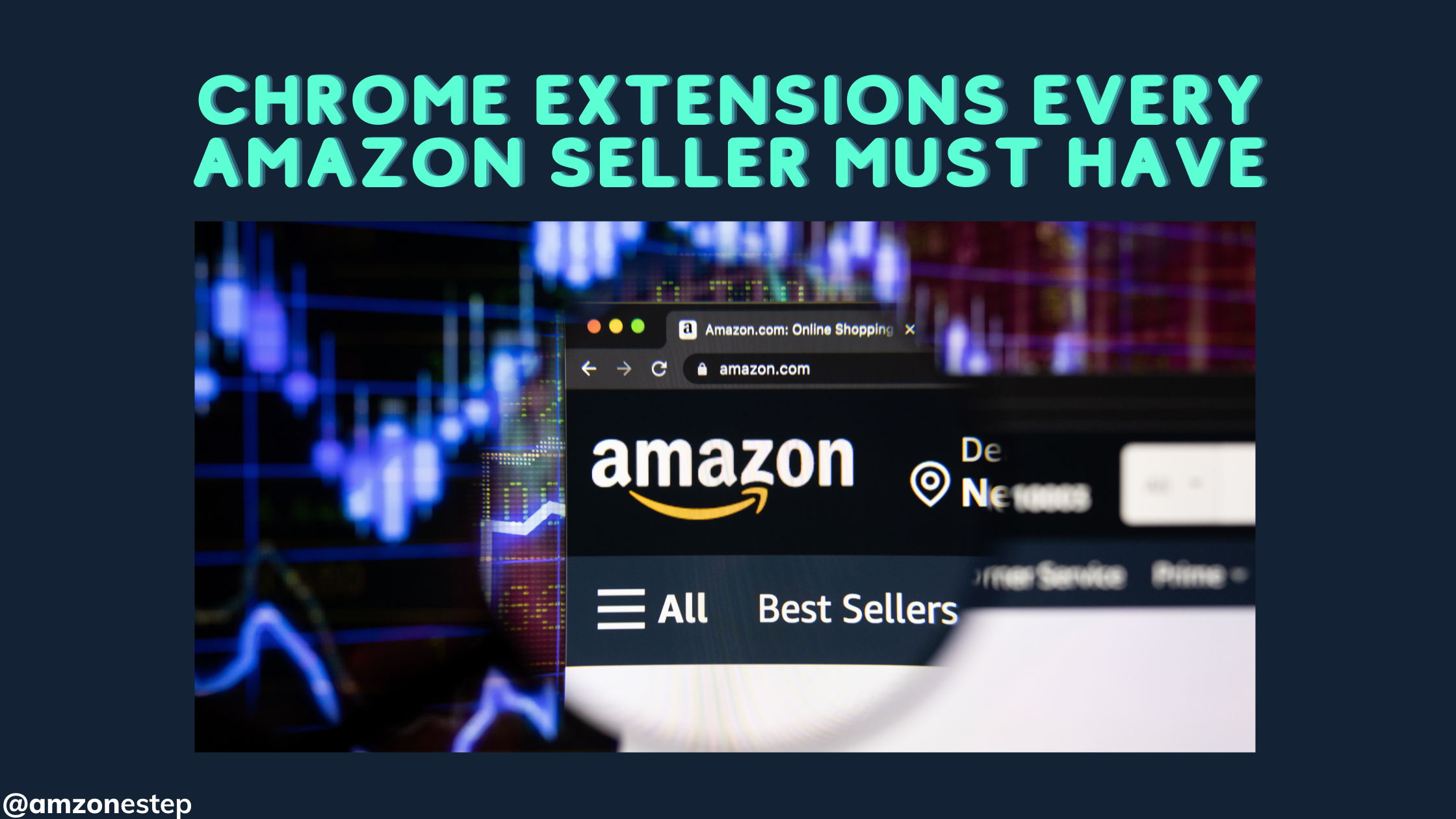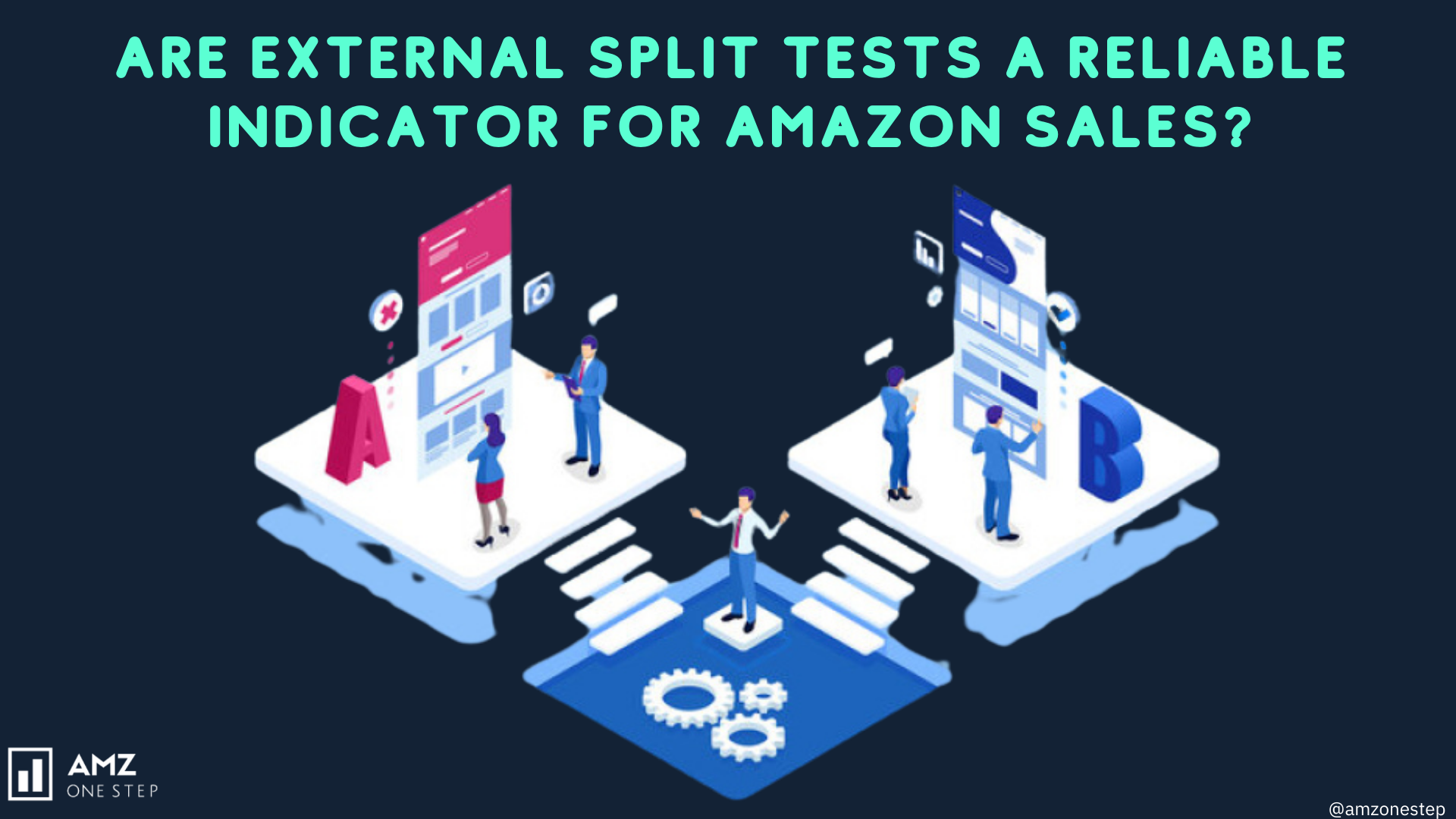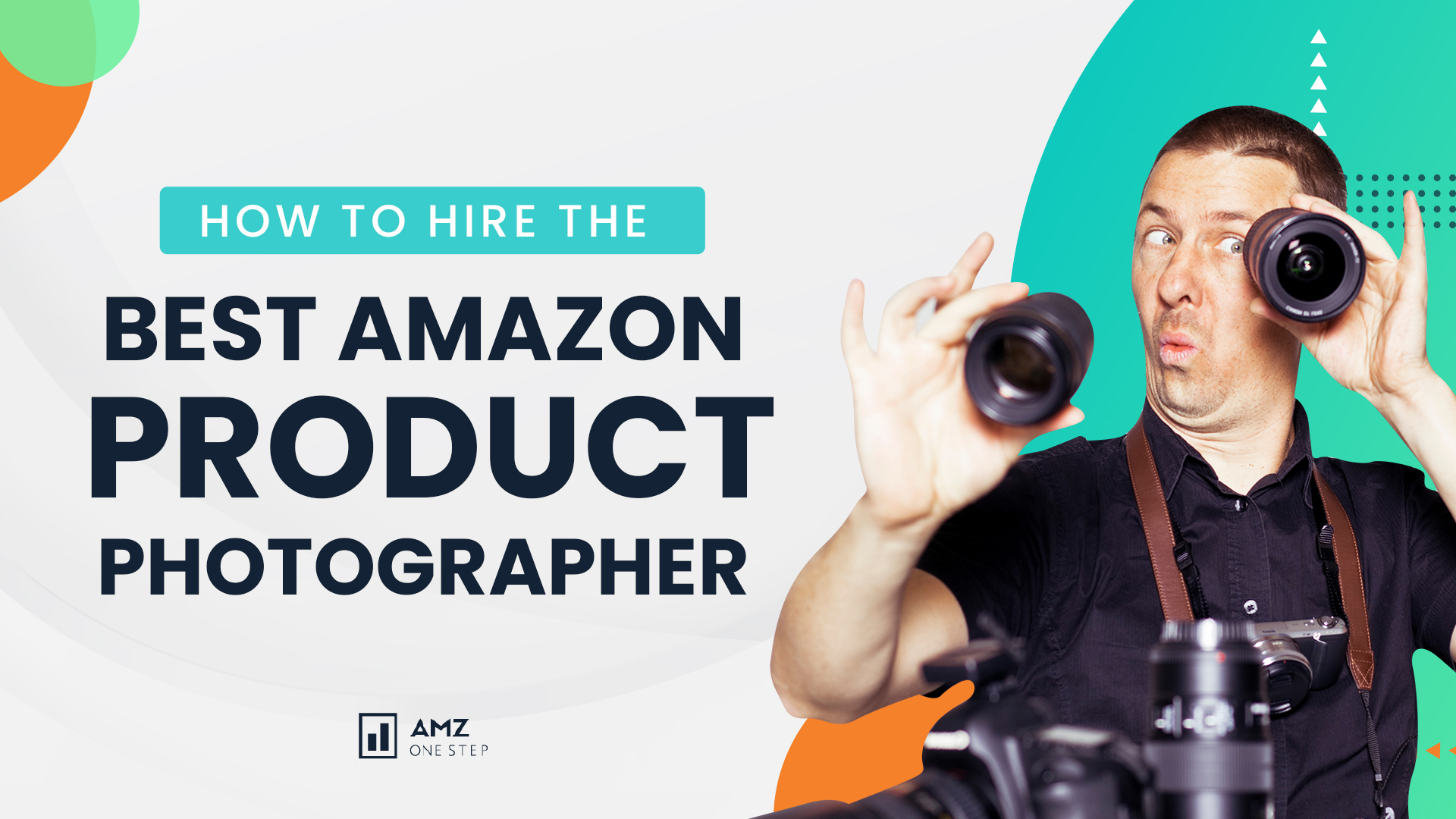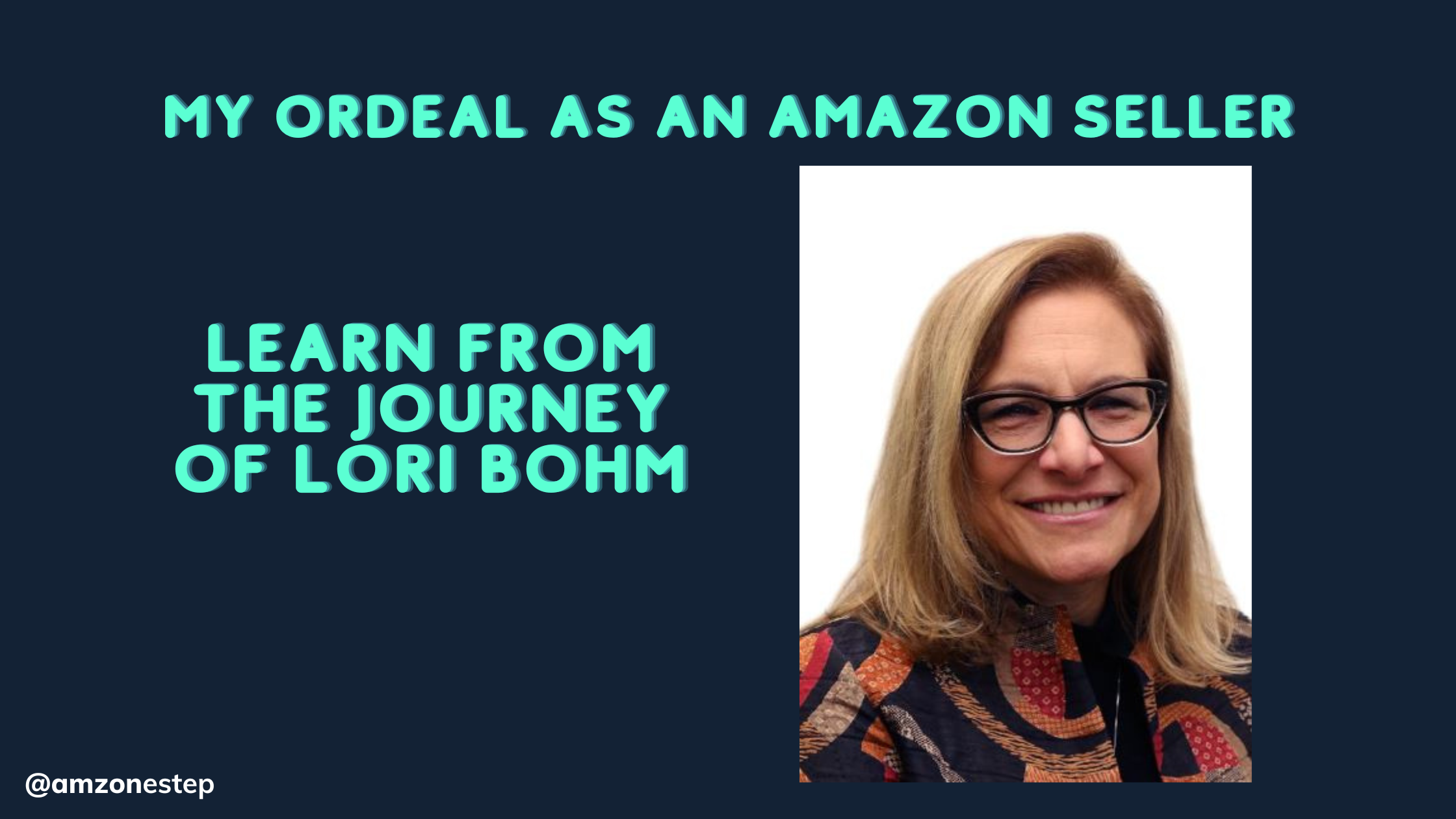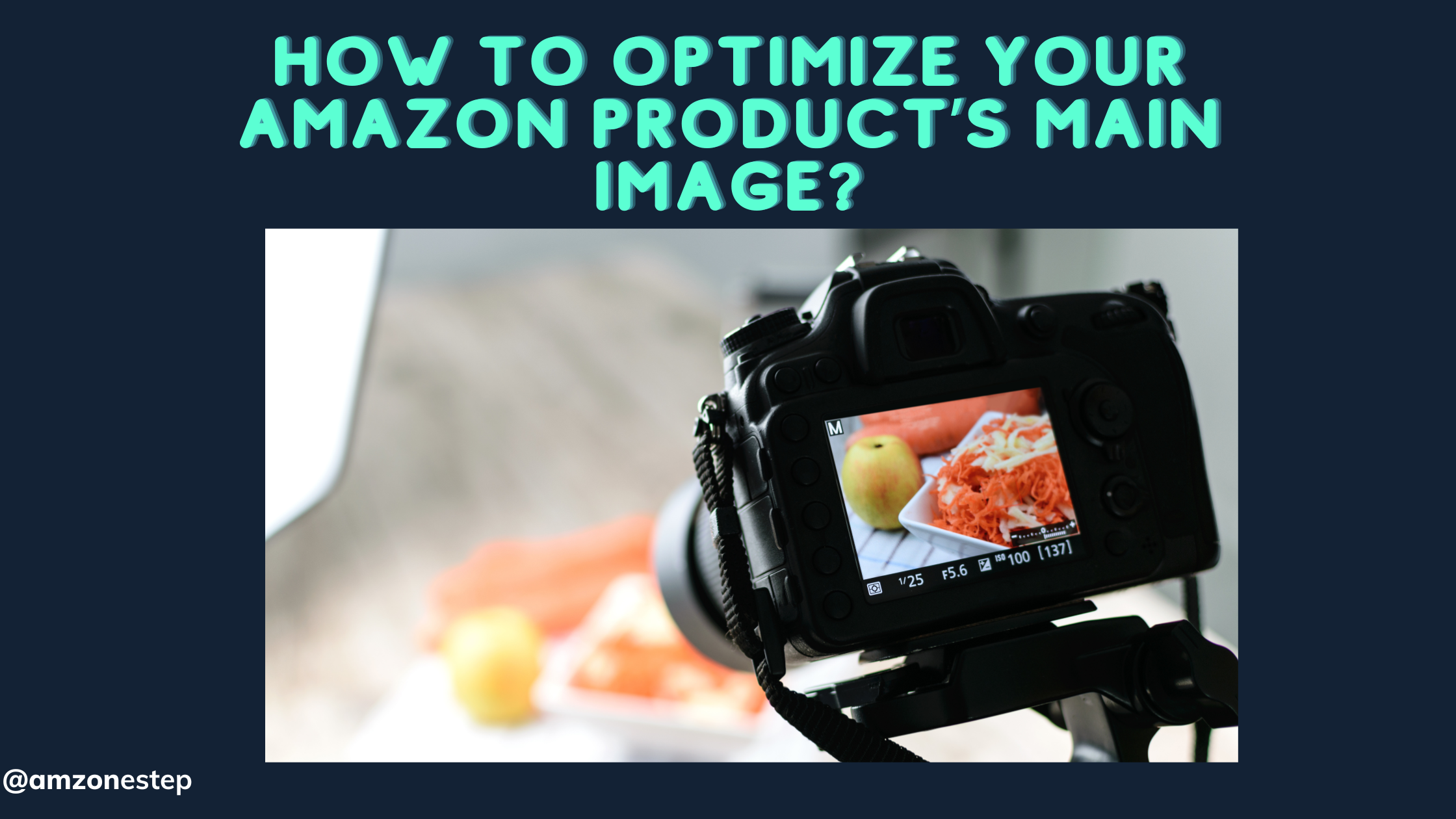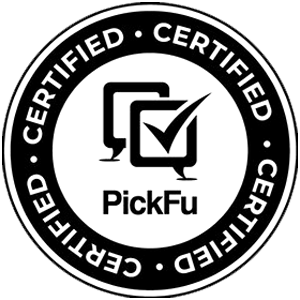Have you ever felt daunted in running a business, imagining all the difficulties and challenges that could come to you? Or perhaps you already experience it yourself? Well, it’s true, running a business is tricky and comes with all sorts of risks. Especially when involving people that have bad intentions and don’t shy away from illegal activities for the sake of profits.
But we believe that risks shouldn’t stop you from thriving for success. Knowing them beforehand and then taking preventive measures can take you a long way and protect you.
In this article, we’ll walk you through how to safeguard your Amazon business and minimize upcoming threats.
Common Threats for Your Amazon Business
Before we begin to talk about protecting your business, let’s talk about the possible challenges that we may face, whether it’s an external or internal Amazon factor:
- Counterfeit products: Counterfeit products can damage your brand and harm customer trust. They can also lead to lost sales and legal action.
- Intellectual property infringement: Having your products or brand copied by other sellers on Amazon can harm your brand reputation and impact your sales.
- Legal disputes and lawsuits: This can include issues such as product liability, intellectual property infringement, false advertising, and breach of contract.
- Hijacking of your listing: Unauthorized sellers can hijack your listing and use your pictures and descriptions to sell their own products.
- Product return abuse: Some customers may abuse the return policy by returning used or damaged products, which can lead to increased costs for your business.
- Cybersecurity threats: Your business could be vulnerable to cyberattacks that could steal sensitive information, disrupt your operations, or damage your reputation.
- Suspension of your Amazon account: If Amazon finds that you have violated their policies, they may suspend your account, which can negatively impact your business.
Now that we are aware of the possible risks, let’s start the process of protecting your brand step by step.
Register Your Trademark
The first and most crucial step is to trademark your business. Every legit business needs to do this, as it gives tons of benefits and protection. Because not only does it give you legal protection, but it also gives you a solid brand identity and enhances your credibility.
The process of registering a trademark can vary depending on the country in which you are seeking registration. However, in general, the process typically involves the following steps:
- Conduct a trademark search: Before applying to register a trademark, it’s important to conduct a search to ensure that your proposed mark is not already in use or registered by someone else. This can be done through a government agency, such as the United States Patent and Trademark Office (USPTO) in the United States, or through a private trademark search service.
- Prepare and file your application: Once you have determined that your proposed mark is available, you will need to prepare and file an application with the appropriate government agency. The application will typically require you to provide information about your proposed mark, as well as details about your business or organization.
- Examination and review: After your application is filed, it will be reviewed by a government examiner to ensure that it meets all the necessary requirements. The examiner may request additional information or make changes to your application.
- Publication and opposition: If your application is approved, it will be published in the official trademark gazette. This gives other parties an opportunity to file an opposition to your application if they believe your mark would cause confusion with their mark or would dilute the distinctiveness of their mark.
- Registration: If there is no opposition or if the opposition is unsuccessful, your mark will be registered. Once your mark is registered, you will need to renew your registration every few years to keep it active.
It’s worth noting that the process of trademark registration can be complex and time-consuming, and it’s recommended that you consult with a trademark attorney to help you through the process. They can assist you with your trademark search, help you prepare your application, and help you navigate any legal issues that may arise during the registration process.
Once you have a trademark, you’re eligible to enter a lot of beneficial Amazon programs that can further protect your business, such as Amazon IP Accelerator and Brand Registry.
We will cover both of these respectively as our next step.
Enroll In Amazon IP Accelerator
Amazon’s IP Accelerator is a program designed to help Amazon sellers protect their intellectual property and trademarks on the platform. The program provides sellers with access to resources such as legal support, educational materials, and tools to report and combat IP infringement.
In addition, IP Accelerator provides sellers with an expedited review process for IP infringement reports, ensuring that Amazon takes prompt action to resolve any infringement issues. The program is designed to help sellers protect their brands, increase sales, and build consumer trust.
The good thing about the accelerator is that you can enroll in the program even when you haven’t registered your trademark. Furthermore, using IP Accelerator grants us quicker access to enroll in Amazon Brand Registry, which is our next step.
Enter Amazon Brand Registry
Amazon Brand Registry is a program designed to help Amazon sellers protect their brand and product listings on the platform. You can apply to it even if your trademark is still pending. And it provides us tons of benefits such as:
- Better control over product listings: You will have more control over your product listings, which can help prevent unauthorized sellers from listing counterfeit or knock-off products under your brand.
- Ability to report suspected intellectual property (IP) violations: You can use the program to report suspected IP violations, such as counterfeit products, to Amazon. Amazon will then investigate and take action if necessary.
- Access to analytics: You will have access to analytics about your brand’s performance on Amazon, which can help you understand how customers are engaging with your products and identify any potential issues.
- Faster resolution of infringement reports: Amazon Brand Registry allows you to report suspected IP violations through a simplified process, which can help speed up the resolution of infringement reports.
- Protection against unauthorized sellers: Amazon Brand Registry allows you to report unauthorized sellers who are listing products under your brand. Amazon will then investigate and take action if necessary.
Enrolling in Amazon Brand Registry gives you even more protection programs from Amazon, such as Transparency, Project Zero, or Counterfeit Crime Units.
Provide a Beneficial Warranty
After you have your registry all done, the next thing you need is to give your products a warranty that is beneficial for both you and your customers. A warranty is a guarantee that a product will meet certain specifications or perform in a certain way for a certain period of time. Amazon itself requires sellers to give warranties to their customers. By offering a warranty on your products, you are making a commitment to your customers that your products will meet certain standards. But more than that, it can also serve to protect your products.
In the context of this article, we want to use warranties for a specific main goal, which is to bring our products outside the first sale doctrine.
The first sale doctrine is a legal principle that allows the purchaser of a product to resell or dispose of it as they see fit, without the permission of the copyright holder. This principle applies to products that are sold with a legitimate copyright license.
Using a well-written warranty can help ensure that your products fall outside the first sale doctrine. One way you can do this is by including conditions in your sales agreement stating that the products can only be repaired by the original factory or that you have the exclusive right to replace the products.
The goal here is to give something about your products that only you can do and no other seller can. This way, you gain exclusive rights to your brand and can maximize the potential of your sale.
However, it’s important to note that such conditions may not be enforceable in all jurisdictions and may not be consistent with consumer protection laws. It’s recommended to seek legal advice to ensure that any conditions you include in your sales agreement are compliant with applicable laws and regulations.
Additionally, it’s important to clearly communicate any such conditions to customers, including the details of the warranty, repair or replacement policies, and any other restrictions or conditions associated with the sale of your products.
Conclusion
Protecting your Amazon business requires a proactive approach and a good understanding of the potential threats and risks that exist. By having all these safety measures, customers will know that you are serious about your business, leading to more trust in your brand.
Legal Disclaimer: The information provided in this article is for general informational purposes only and should not be considered legal advice. The content is not intended to be a substitute for legal counsel on any subject matter. It is always advisable to seek professional legal counsel for specific legal questions or concerns.

Hi there! I’m the content marketing and branding specialist for AMZ One Step. I work hard to create engaging and informative content that helps our readers learn more about Amazon selling and how to make the most of their businesses. I love spending time with my family and exploring literary works when I’m not writing or working on projects.

